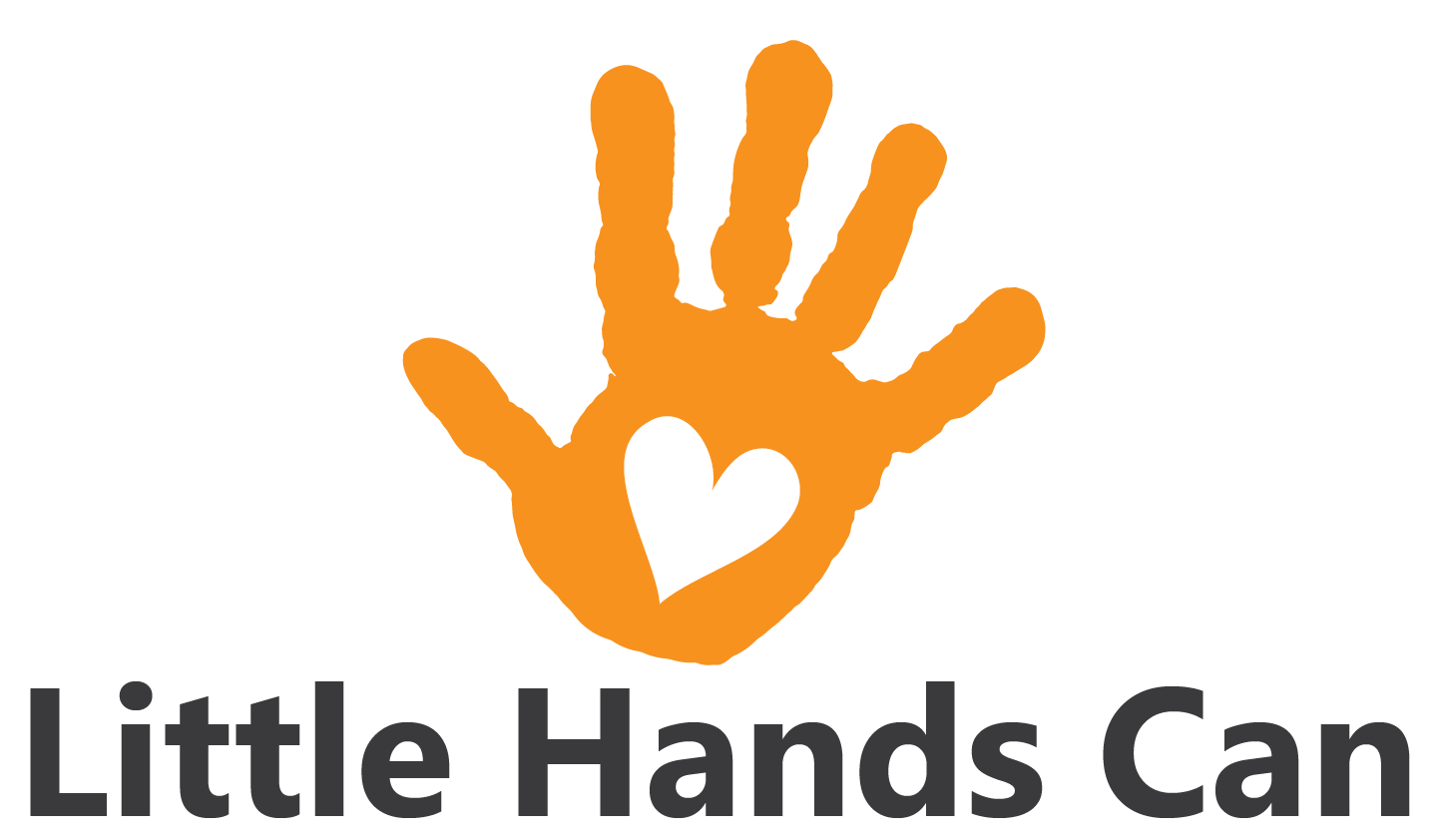Kindness Kit #1: Kindness in Social Distancing
THe following are object lessons designed to teach your child about
stopping the spread of germs and
how we can use kindness to make a difference throughout our community, even while at home.
Object Lesson #1: Teaching Your Child About How Germs Work
Mystery Science has excellent starter lessons on a variety of topics. The following are two kid-friendly mini lessons directly related to Kindness Kit #1.
How Do Germs Get Inside Your Body? (with accompanying lesson on correct hand-washing)
Main takeaways from this object lesson:
We are already doing one giant service project just by staying at home!
Discuss the fact that all of the measures we are taking while we shelter in place (perfecting our hand-washing, sneezing/coughing into a tissue or our elbow, social distancing) are acts of kindness in and of themselves.
By doing all of these things, we are coming together as a community to keep both ourselves and those around us safe.
Object Lesson #2: Ripple of Kindness
This is a favorite from Kindness Camp! We originally found this idea over at Pennies of Time (another excellent resource on kindness) where you can view the full lesson. It’s very simple to do at home with objects you have lying around the house:
Gather your materials. Really- any objects you are okay with throwing in a bowl of water:
Sprinkles
Little rubber bands
Marshmallows
Leaves (varying sizes)
Rice
Coins
Large Bowl filled with water or fill the sink.
Set the stage by talking about how each object represents an act of kindness, and the water represents our community (or the world). You can give examples of acts of kindness that range from very large to ver small. Larger acts might include making a $1 million donation to help bring clean water to children in other countries. Another large acts might be helping to build an entire house with Habitat for Humanity. But “smaller” acts might include asking a new student to sit next to you at school. It might be smiling at someone who seems sad. It might be writing a card to someone in the hospital. Each act of kindness has an impact on others in your community, and those will be represented by the ripples in the surface of the water.
Ask questions and create hypotheses.
Are there acts of kindness that are so small that they don’t have any effect on the people (the rest of the water) around them?
Can many acts of kindness all put together have as great an impact as one large act of kindness?
Test each object by dropping them one at a time into the water.
Make observations about the ripples created by each object and answer the questions you asked before.
Main takeaways from this object lesson:
No act of kindness is too small or too insignificant to make a difference.
When we come together as a community, all of our little acts of kindness (e.g., social distancing, staying home, etc.) make a huge difference.




